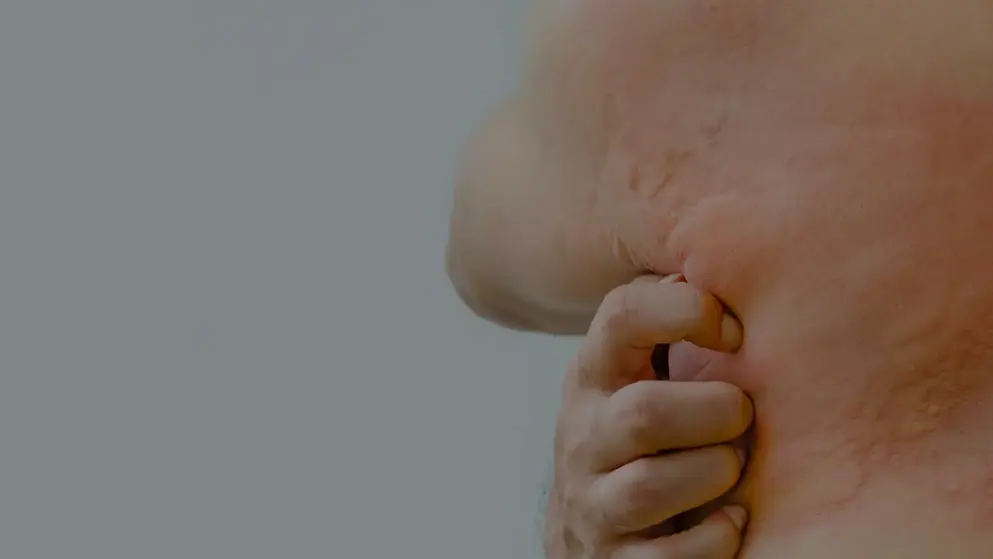
Chronic Spontaneous Urticaria (CSU)
of interest
are looking at
saved
next event
Chronic spontaneous urticaria (CSU) is a distressing skin condition where the symptoms of urticaria last for greater than 6 weeks with no known trigger (sometimes referred to as chronic idiopathic urticaria).
While short term or acute urticaria occurs for 6 weeks or less, CSU can last for over a year in most patients and more than 5 years in a considerable proportion. At any given time, the worldwide prevalence of CSU is 0.5% to 1% and women are twice as likely as men to be diagnosed with the disease. Most people first develop symptoms between the ages of 20 and 40.
The presence of urticaria and angioedema is caused by the release of histamine and other compounds in the mast cells of the skin. Hives usually disappear within 24 hours, while angioedema may last for longer. Symptoms are easily mistaken for an allergic reaction, however, CSU patients have no evidence of any exacerbating factors although side effects of nonsteroidal anti-inflammatory drugs and ACE-inhibitors have been implicated. The immune system is also thought to be involved in a subset of CSU patients driven by IgE or IgG autoantibodies, and links with other autoimmune conditions, such as thyroid diseases, have been reported.
Diagnosis of CSU involves taking a detailed patient history, physical examination, diagnostic blood tests, and allergy tests. In the majority of patients, however, an underlying cause cannot be identified making treatment difficult. There is a high disease burden for people with such a chronic condition and a significant impact on a patient’s quality of life, resulting in unmet clinical needs in chronic spontaneous urticaria.
To find out more, navigate to our Learning Zone where we offer further understanding of CSU and details on epidemiology, burden of disease, pathophysiology, assessment tools, treatment, paediatrics, guidelines, and ‘fast facts’.


